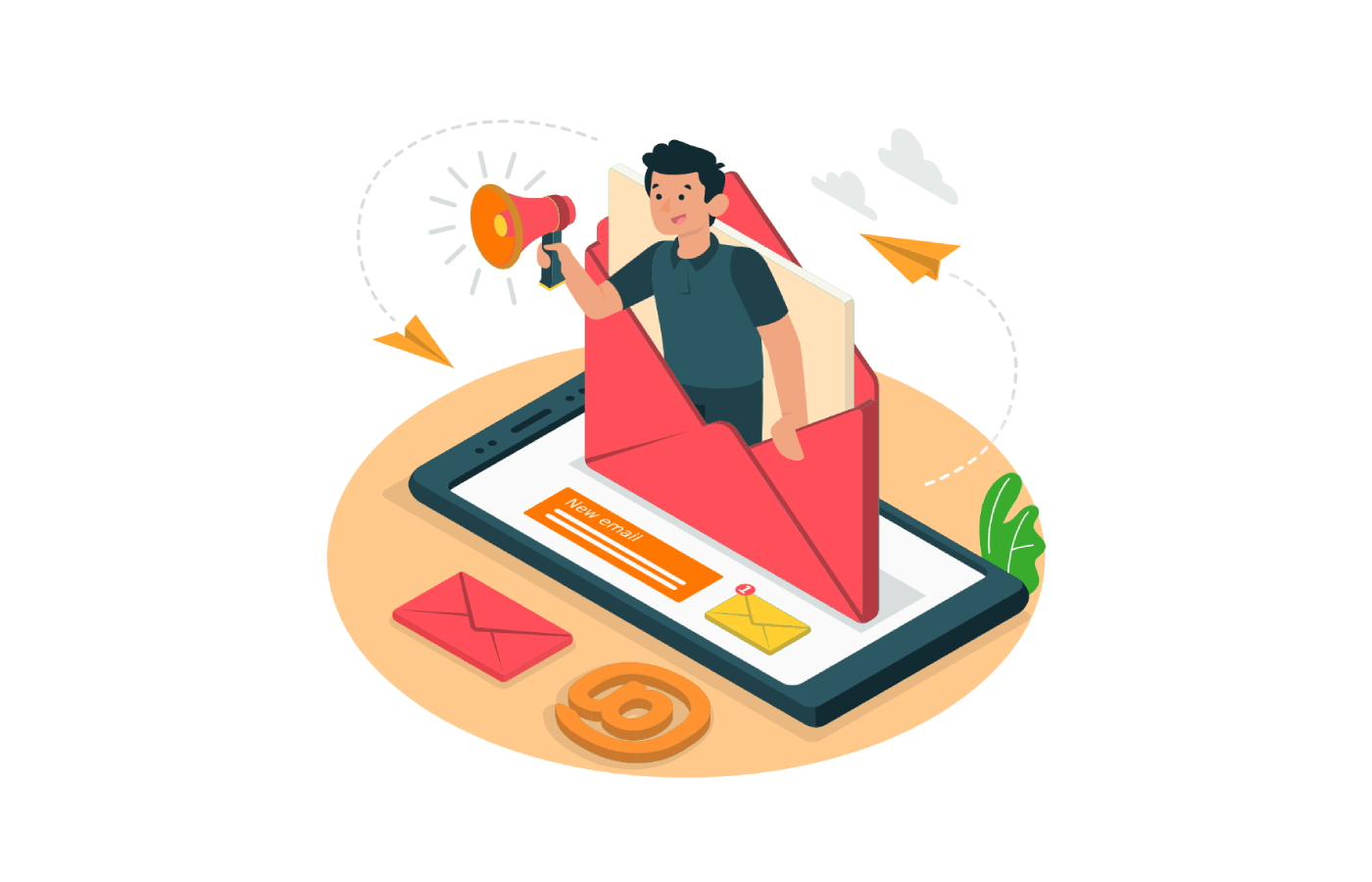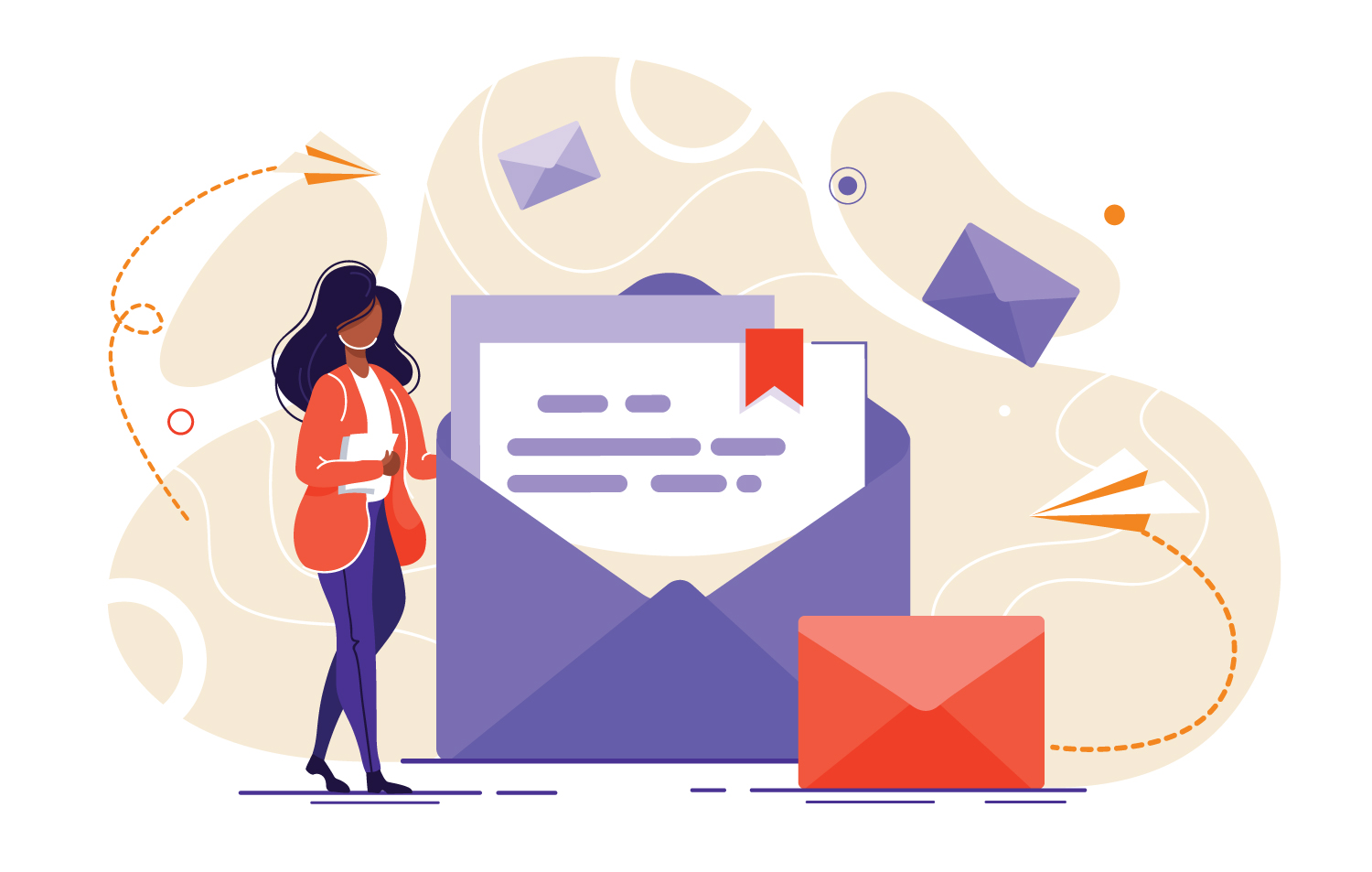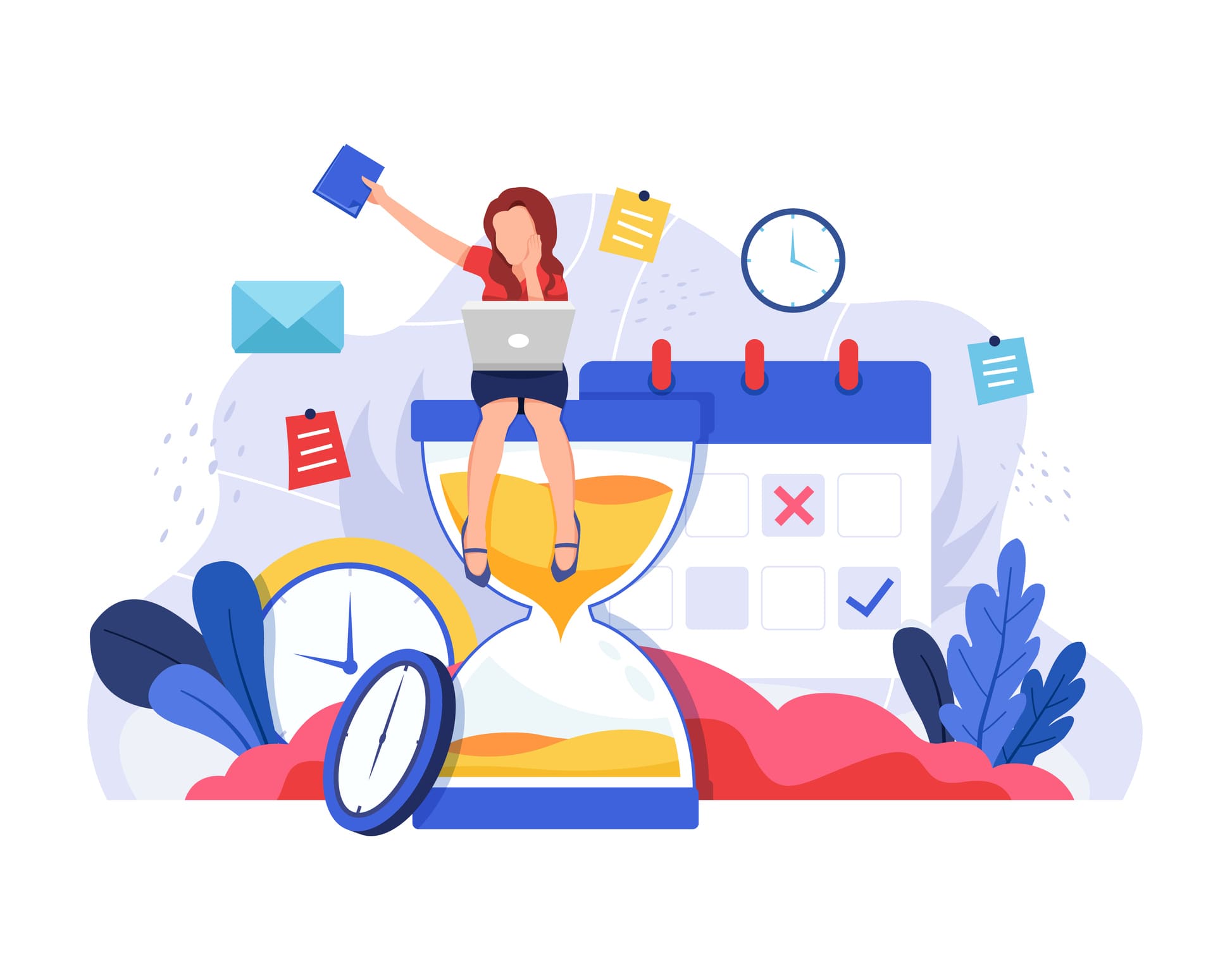Rachel Klaver is a marketing strategist, specialising in lead generation and content marketing.
OPINION: If you ask almost anybody about how they feel about emails from brands, they’ll tell you they don’t like them. Answers range from “I get too many”, to “They’re spamming me.” It’s easy to conclude from the responses that email marketing is a waste of time for busy e-commerce business owners. If you’re going to do it at all, common sense would suggest as little as possible and hope for the best.
If you did a little deeper with people who tell you they hate email and ask them “Are there any emails you do like getting from brands?” most will admit there are. My husband, Rod, who ironically helps our clients set up email marketing for their businesses is not a fan of email. He’ll unsubscribe from most. Unless, of course, it’s a golf or fishing store. Then he’s quite happy to open his fair share of emails.

The problem isn’t that people don’t like email. The problem is that most of the emails we get aren’t catered enough to our needs, or for brands and businesses we don’t have an enduring interest in. As an e-commerce business owner, your job is to create emails that are as targeted as possible, as timely as possible, and fit your target customers.
What happens is that all too often the fear of offending or bothering your email list prevents you from sending emails very often. When you do send them, you often have a lot to say, making the emails long and complex. The recipient hasn’t heard from you in a long time, so can’t remember why they are getting it, or now feels disconnected from your business. It makes sense for them to ignore the email, or unsubscribe.
Like most people, I get a lot of emails. When I’m talking to retailers, I’ll often give the example of several brands I do love. Some of them email me every single day. I don’t open every email, but sometimes, seeing their name reminds me I love their products. Eventually, I’m reminded enough that I have to open an email and click through to have a peek. Because they catch my eye more than other brands who email me sporadically, I tend to go back to them again and again and again.
This week in the MAP IT Marketing podcast, I asked one of our marketing strategists, Tracey Smith, to come and talk about email marketing. She has her own successful e-commerce business and uses it as a testing ground for ideas she then shares with our e-commerce clients.

She’s been able to grow a healthy six-figure e-commerce business with a mix of organic posts, some paid advertising and a lot of email marketing automation within seventeen months. “I spent the first six months focusing on working out the email automation, making sure my website was optimised and I had really good search engine optimisation. My first official trading month was April last year,” she explains.
Before jumping into email marketing, it is important to put time into making sure your website is converting well. For her, this meant investing a lot of her time into making it all work well. “You’re either paying with your time, or paying someone else money to do the job. It was a lot of work trying to set it up, but taking the time before I fully launched made it easier to grow.”
When we talk about email marketing with business owners, most think we’re referring to a regular newsletter. It might be a monthly email (sometimes even weekly) that goes out to everyone on your email list. Smith has built out her email marketing in a very different way. “I’ve created marketing automations, with emails that go out automatically depending on customer behaviour. If they have made a purchase, they get a certain email. If they’ve purchased something that will run out, they’ll get a reminder in so many weeks. If they keep visiting a particular page on the website, I’ll send them an email about that type of product. And I use what’s called conditional formatting so it feels personalised to each person.”
One of the benefits of this type of email marketing set up is it means emails keep going out no matter how busy you are. “It takes a while to create a campaign style email that everyone gets. And you might not be sending it to people at their time of need. It’s rather sending them something that meets what they need, depending on their behaviour.” explains Smith.

This is, to Smith, her serving her customers best. “It is about getting sales. Of course. But if I send you a reminder before your product runs out, and I’ve got a link to your product, I’m making it super easy for you to remember, and repurchase. I’m helping you. It’s one less thing you’ve got to worry about. “
Smith recommends thinking about the entire customer journey when planning out your email marketing. Part of this is changing your mindset from “this is how I’m going to sell to my customer” to “It’s not my job to tell my customer how to buy from me.” Much of Smith’s automation and systems are built around giving people as many different ways as possible to make a purchase so they can choose their ideal method.
At the beginning of the journey, Smith has two ways to grow her subscriber list. The first is with the offer of free shipping on sign-up. The other is offering a free gift, a downloadable resource that relates to her business. “I was looking the other day and the email they get after that download is one of my highest revenue returning emails.” The key is to make sure the free download or gift is something people want and feel they receive great value from. This builds trust in you as a brand.
Smith also uses email marketing for the following stages:
A welcome sequence both for new subscribers and new customers. These talk about who she is, about her business and offers an opportunity to go back to the website to purchase
A post-purchase email. This generates more sales, but also builds trust around delivering times, and helps remove issues around wait times and unexpected delays.
A request for a “How she could do better” email, to pre-empt issues and check the experience has been a positive one.
A questionnaire to check if they are happy with the experience. This integrates with her email marketing platform (Active Campaign, which we are consultants for), and if they give her a highly positive result, they are then asked to review her on Google. Any low scoring results get a personal email from Smith to sort out the problem.
Restock automation for consumable products
Cross-sells and upsells for popular related products, at set periods (you can make these conditional on particular products or ranges)
Internal automation. Smith uses internal marketing automation that send her a note if a customer’s order has been delayed due to stock issues. She’s then able to drop them a line and head off any issues early.
Effective email marketing can help increase the lifetime value of your customers, and sell to people who’ve already had an experience with you. This costs you far less over time than consistently bringing in new customers, which means you get both higher sales, and better profit margins.

Whatever you do, Smith does recommend that you carefully look at when people are opening emails, and when your ideal customer is most likely to feel like shopping. For her business, this is Sunday afternoons. For others, it might be lunchtime, and others still, eight pm on a Tuesday. This helps if you are planning to send campaign type emails to segments of your email list.
If your question after reading through all of this is still “How often should I be emailing people on my list?” Smith has some advice for you. “If you’re giving them what you want them to hear, you can email them every day. If the message is off, it’s going to become junk mail. The trick is to email them what they want, when they want it. To do that, you need to think about marketing automation.”
This article was written by Rachel Klaver and can be found here: Is your e-commerce business making the most of email marketing? | Stuff.co.nz


Recent Comments